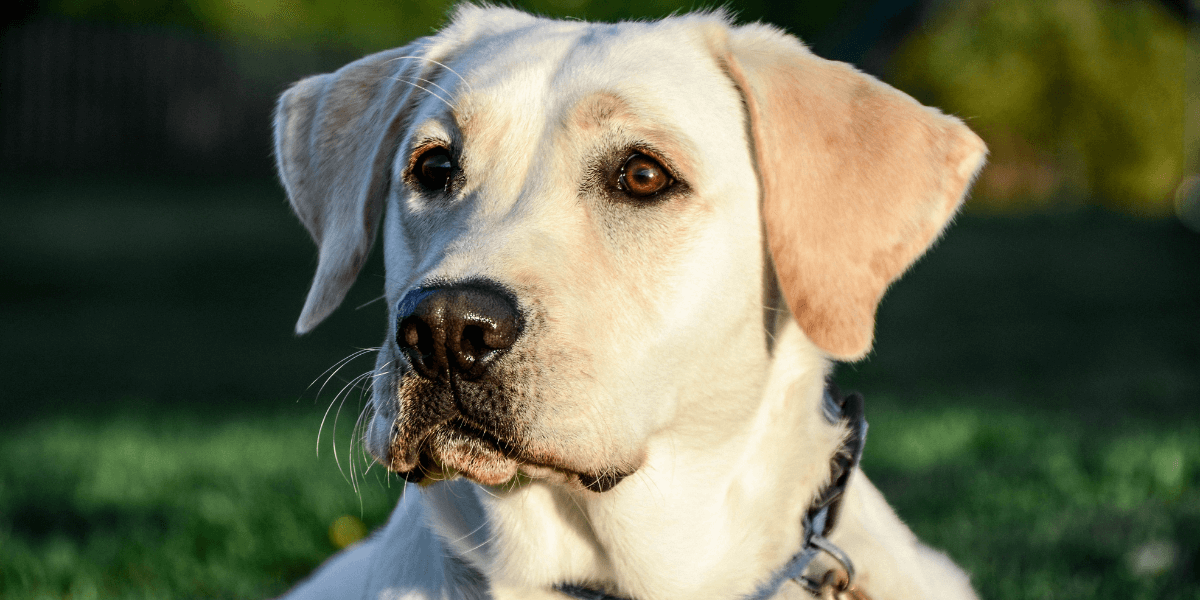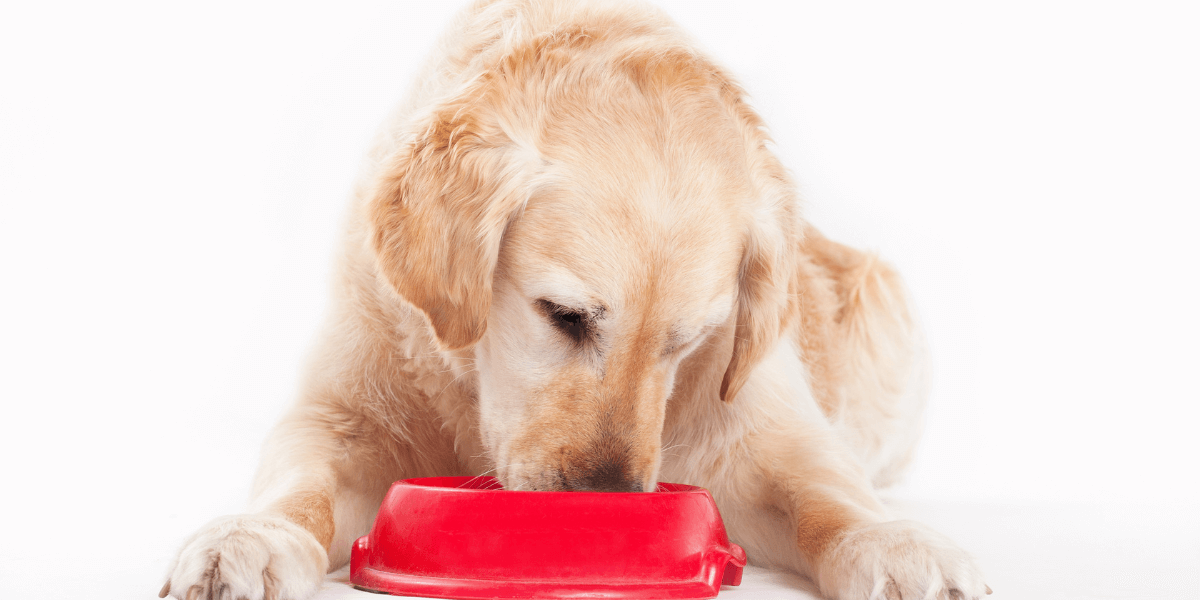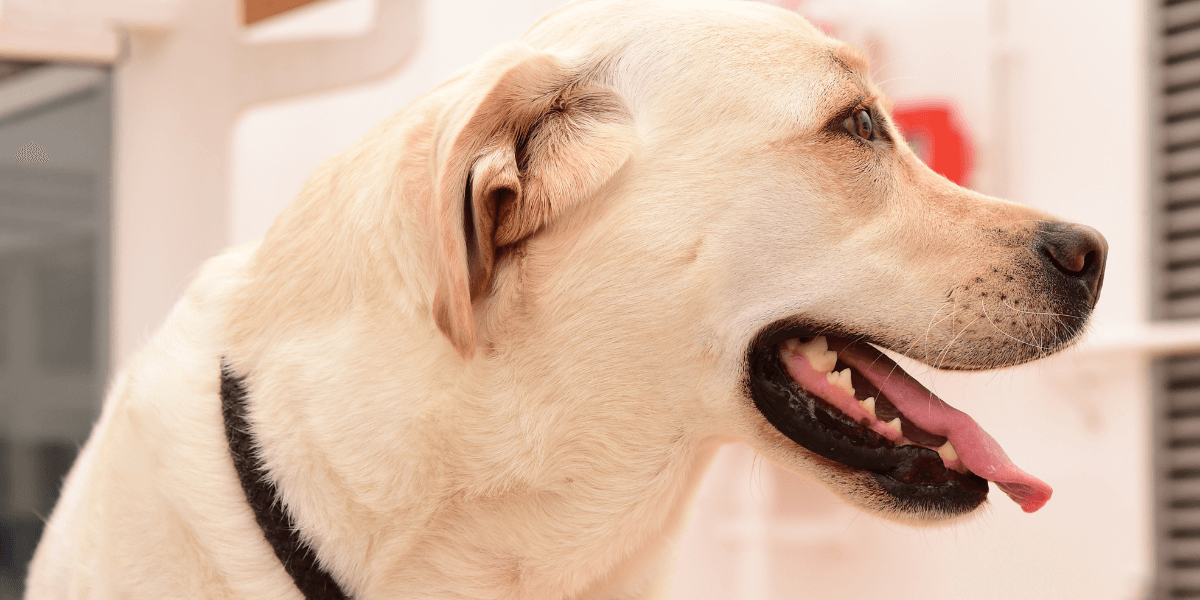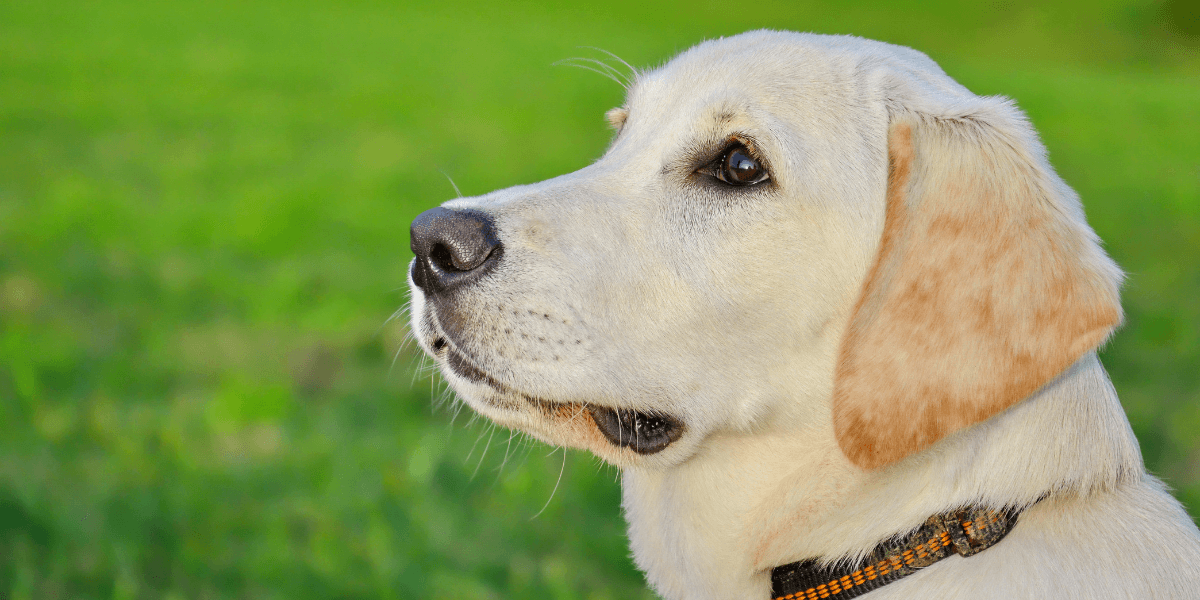Introduction
Discover essential tips in our Labrador Retriever Feeding Guide for a healthy, happy pup.
- Feeding your Labrador Retriever the right diet at each life stage is crucial
- From the energetic puppy to the calm senior years, Labradors have specific dietary needs
- Are you wondering how much to feed your Labrador puppy?
- Or what the best diet is for a senior Labrador?
- This Labrador Retriever Feeding Guide will answer all your questions
Let's dive in!
1. Feeding Your Labrador Puppy

Labrador Retriever Feeding Guide: Feeding Your Labrador Puppy
Nutritional Needs of Puppies
- High protein content for muscle development
- Essential fatty acids for brain and eye development
- Vitamins and minerals for immune health
- Fiber for digestive health
- Antioxidants for cellular health
- Balanced calcium and phosphorus levels for bone growth
Feeding Schedule and Portions
- 8-12 weeks: 4 meals a day
- 3-6 months: 3 meals a day
- 6-12 months: 2 meals a day
- Portion sizes based on weight and activity level
Best Food Options
- High-quality commercial puppy food
- Avoid fillers and artificial additives
- Consider grain-free options
- Consult vet for specific dietary needs
- Options: Dry kibble, wet food, or a combination
2. Transitioning to Adult Food

When to Transition
- Usually between 12-18 months, depending on breed and size
- Consult your vet for the best time based on your dog’s development
- Large breeds may transition later than smaller breeds
How to Transition
- Method: Gradually blend new adult food with puppy food over 7-10 days
- Observation: Watch for any digestive issues or changes in appetite
Recommended Adult Foods
- Type: High-quality dry kibble, specifically for large breeds
- Avoid: Foods with fillers, artificial additives, or low nutritional value
Feeding Schedule
- Transition to feeding 2 meals a day
- Ensure consistent meal times to regulate digestion
3. Feeding Adult Labrador Retrievers

Nutritional Needs of Adults
- Balance: Ensure a diet with proper ratios of protein, fat, and carbs
- Vitamins/Minerals: Include essential vitamins and minerals for overall health
- Fiber: Sufficient fiber for digestive health
- Antioxidants: To support immune function
Feeding Schedule and Portions
- Meals: Typically feed twice a day for stable energy levels
- Portion Size: Adjust based on weight, age, and activity level
- Regularity: Feed at the same times each day to establish routine
- Monitoring: Regularly check body condition and adjust portions as needed
Best Food Options
- Commercial Food: Opt for high-quality brands with balanced nutrition
- Variety: Mix in wet food or home-cooked meals for a diverse diet
4. Special Dietary Considerations

Weight Management
- Monitoring: Regularly check your Labrador's weight to prevent obesity
- Diet Choice: Select low-calorie or weight management formulas if needed
- Exercise: Complement diet with regular physical activity to maintain healthy weight
Allergies and Sensitivities
- Identification: Recognize and avoid common allergens such as grains, chicken, or beef
- Diet Options: Choose hypoallergenic or limited-ingredient diets for sensitive dogs
- Consultation: Seek advice from a vet for personalized dietary adjustments
Just like Labradors, German Shepherds thrive on tailored diets—explore this vet-approved guide for the healthiest tips.
5. Feeding Senior Labrador Retrievers

As Labradors grow older, their dietary requirements shift to support their changing health needs.
Nutritional Needs of Seniors
- Calories: Reduce calorie intake to avoid excess weight gain
- Fiber: Incorporate more fiber to support digestive health
- Supplements: Add joint supplements like glucosamine and chondroitin for joint health
- Protein: Ensure adequate protein for muscle maintenance, but avoid excess
Feeding Schedule and Portions
- Meal Frequency: Offer smaller, more frequent meals to aid digestion and manage hunger
- Portion Control: Adjust portions based on the dog's activity level and overall health condition
Best Food Options
- Senior Food: Use senior-specific commercial dog food with tailored nutrients
- Homemade Diets: Consider homemade diets that cater to the specific needs of senior dogs
For expert advice on feeding senior Labrador Retrievers, cconsider reading this guide on how to feed senior dogs.
6. Supplements and Treats

7. Monitoring Your Labrador's Health

Monitoring your Labrador’s health is crucial to catch conditions like hip dysplasia and obesity early.
Signs of a Healthy Diet
- Physical Appearance: Shiny coat, bright eyes, and a healthy weight
- Digestive Health: Consistent bowel movements and regular, firm stools
- Energy Levels: High energy and active behavior indicate proper nutrition
- Overall Condition: Healthy skin, clear eyes, and strong, clean teeth
When to Consult a Vet
- Behavioral Changes: Any sudden changes in weight, appetite, or behavior should be addressed
- Digestive Issues: Persistent problems with digestion, such as diarrhea or vomiting
- Skin Problems: Persistent skin irritations, itching, or unusual coat changes
- General Health: Unexplained lethargy or any other symptoms of discomfort or distress
Like Labradors, German Shepherds face health challenges—discover key issues to watch for.
FAQs
1. When should I start feeding my Labrador Retriever puppy?
-
Start feeding your puppy around 8 weeks old
2. What should I include in my Labrador’s diet?
-
Include balanced nutrients: proteins, fats, vitamins, and minerals
3. How often should I feed my Labrador Retriever?
-
Feed puppies 3-4 times a day; adults twice a day
4. What’s the best food for senior Labradors?
-
Look for senior formulas that support joint health and lower calories
5. How can I manage my Labrador’s weight?
-
Follow the Labrador Retriever Feeding Guide for portion control and exercise
6. Can I give my Labrador treats?
- Yes, but limit treats to 10% of their daily calories
7. How do I handle a Labrador with food allergies?
-
Consult your vet for hypoallergenic food options and testing
Conclusion
- Balanced diets support Labrador joint health, just as nutrition helps prevent hip dysplasia.
- From puppy food to senior diets, this guide gives you the info needed for your dog
- The Labrador Retriever Feeding Guide helps you make informed nutrition decisions
- Share this post with fellow Labrador owners
- Leave a comment below with your own feeding tips and experiences!
Follow these guidelines and consult your vet to ensure your Labrador lives a healthy life!
References
- The Best Joint Supplements for Dogs with Hip and Joint Pain
- A guide to feeding your Labrador puppy
- The Complete Guide to Dog Grooming
- Labrador Retriever Feeding Guide
Thank you!



